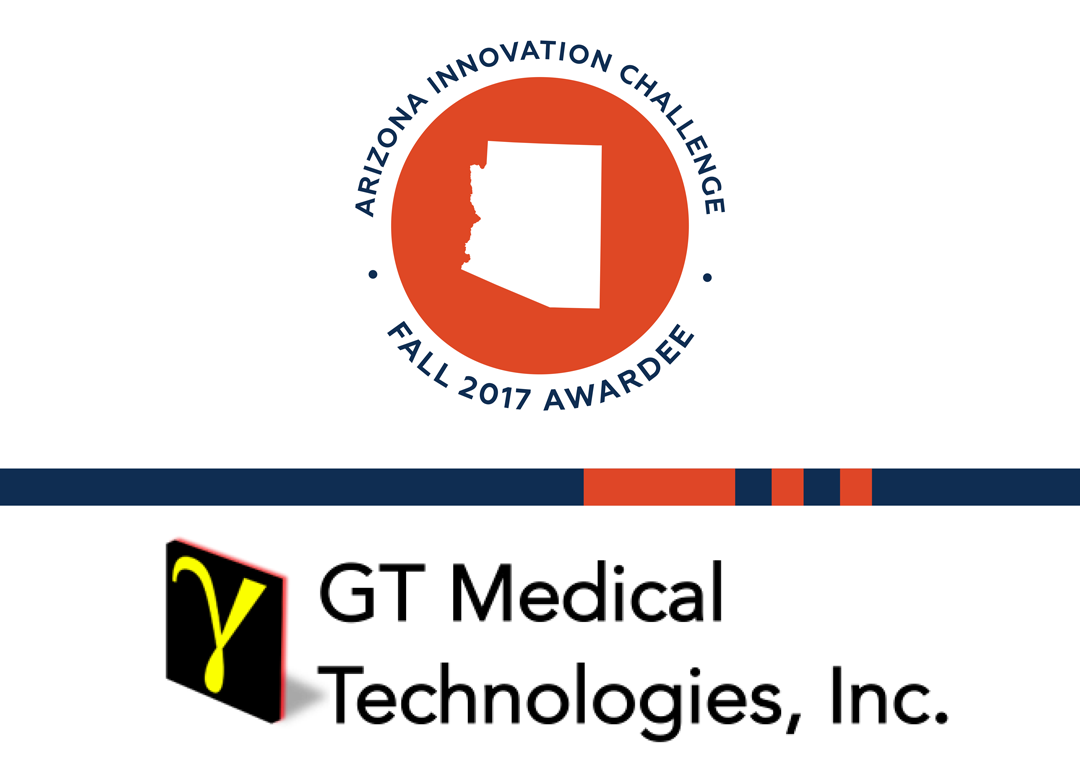Neurosurgeons must exercise extreme care in removing a brain tumor for fear of damaging vital brain tissue. In other parts of the body, doctors can cut a wide swath around a tumor, but they have no such margin in the brain. They know they will leave tumor cells behind. Several weeks after surgery, once the patient has healed, treatment continues with external beam radiation therapy five days a week for six weeks.
If the cancer returns, options are more limited. External radiation often can’t be used twice.
Six years ago, doctors at Barrow Neurological Institute asked: Is there a better way? What if we implanted radiation therapy in the brain at the time of surgery? Ten U.S. and two Canadian patents later, their idea has grown into a company, GT Medical Technologies, on the verge of improving quality of life for tens of thousands. GT stands for GammaTile.
“For these brain tumor patients, there aren’t a lot of good options available. The GammaTile technology offers potentially significant improvement in their lives by delaying or even preventing tumor recurrence,” says CEO and President Matthew Likens.
The company, one of the fall 2017 awardees in the Arizona Innovation Challenge, is on the verge of entering a potential billion-dollar market. Food and Drug Administration clearance of the GammaTile could come in 2018. Sales would begin shortly thereafter.
The 2-square centimeter tile consists of a sponge-like material implanted with radiation sources called seeds. Much like tiles in a shower, they’re placed in the cavity left by removing the tumor. Radiation of any remaining cancer cells is immediate and localized, having minimal impact on healthy brain tissue alone. The radiation is expended in about a month. The patient suffers fewer side effects, and the cost is far less than external radiation.
Clinical trial results at Barrow have been impressive. Almost 60 percent of the first 72 patients treated remain cancer free for up to five years after the tile has been implanted.
The clinical trial initially focused on patients with a recurring tumor, so doctors could directly compare how effective it was. Barrow doctors see the potential to use it as a first-time treatment as well.
The Arizona Innovation Challenge experience helped the company refine its message, Likens says. “We were able to tell for the first time in detail how it started, what the promise of the future was, and lay it all out in a comprehensive way.”
That wasn’t the only benefit of the AIC. It helped GT define its business plan and strengthened fundraising.
Likens previously grew another medical device startup, Ulthera, into a $100 million business. He said the benefits of being in Arizona will help GT Technologies just as it did Ulthera, which grew to well over 200 employees before being acquired.
“We love the lifestyle and the pro-business operating environment,” he said. “As we were growing Ulthera, if we were unable to find a specific talent locally, we had no problem getting people to relocate. There are a lot of attractive features about Arizona that make this a great place to build a company.”
He is proud that GammaTile was invented in Arizona and half of the company’s funding came from within the state, via Arizona Technology Investors, Canyon Angels at Grand Canyon University, and Desert Angels in Tucson, as well as several individual investors
“Our mission is to improve the lives of patients with brain tumors and by doing that, we can also have a positive impact on the Arizona economy,” Likens says.




